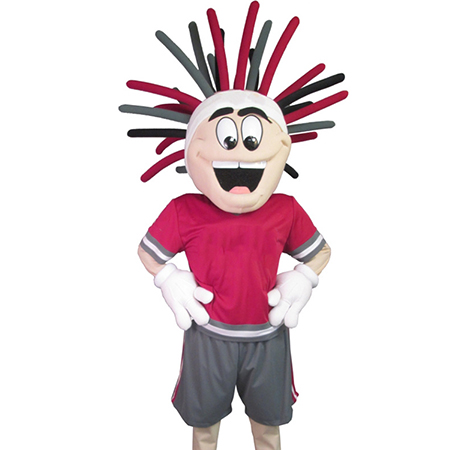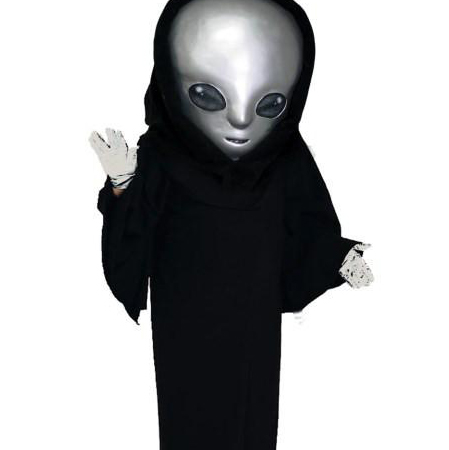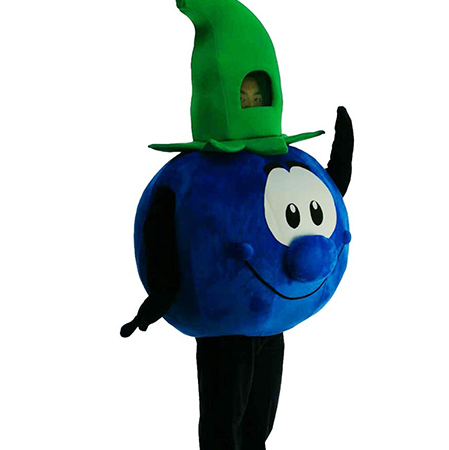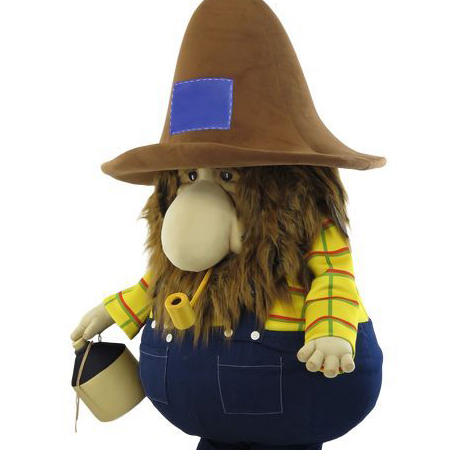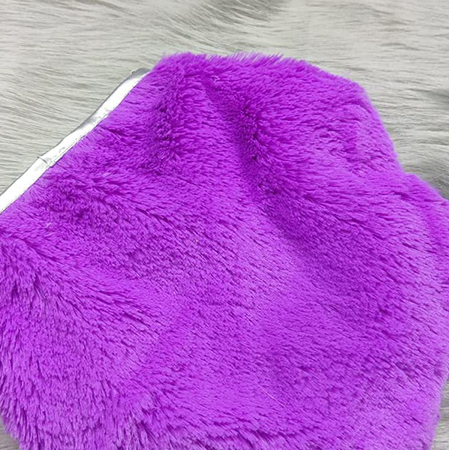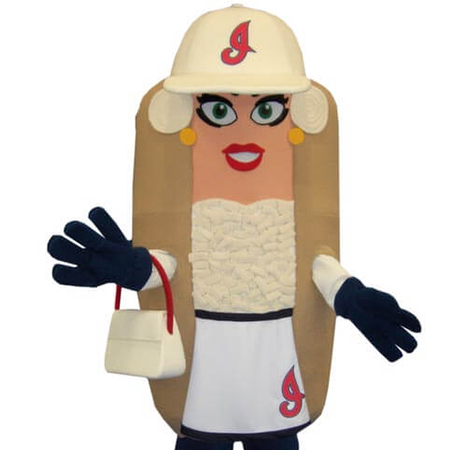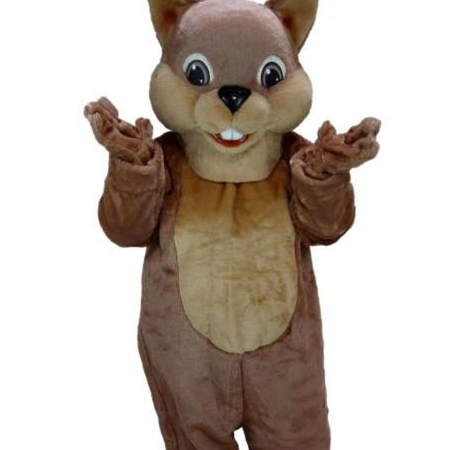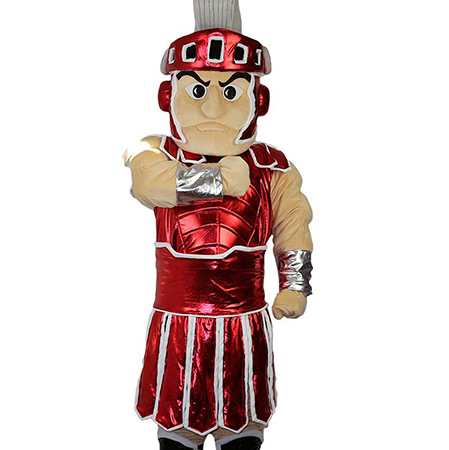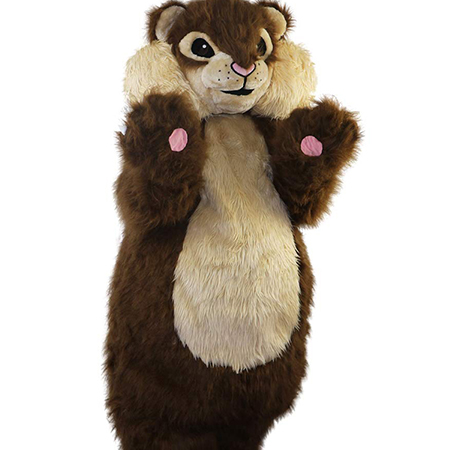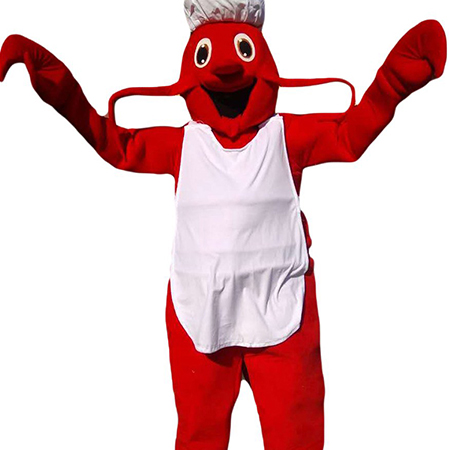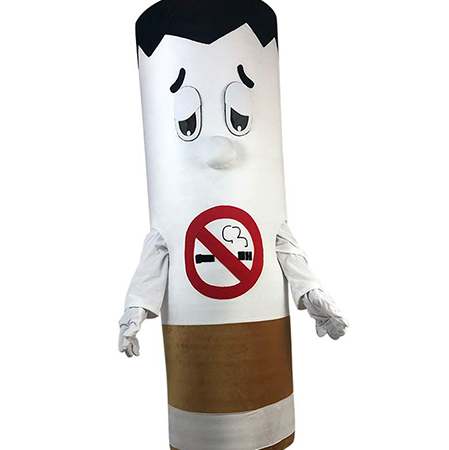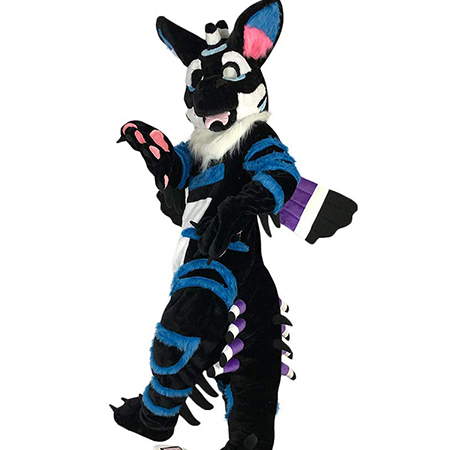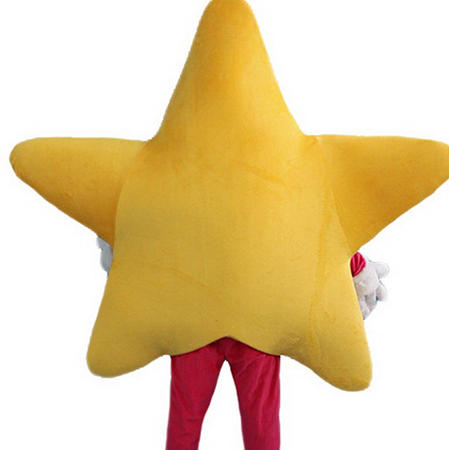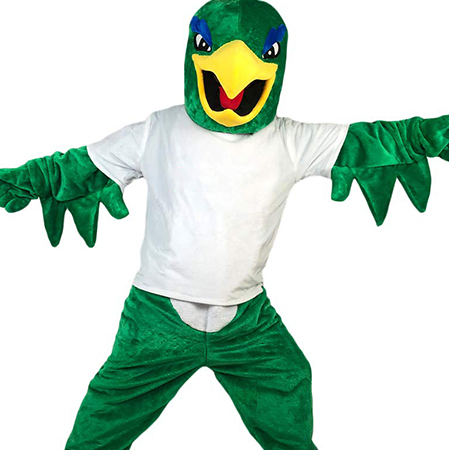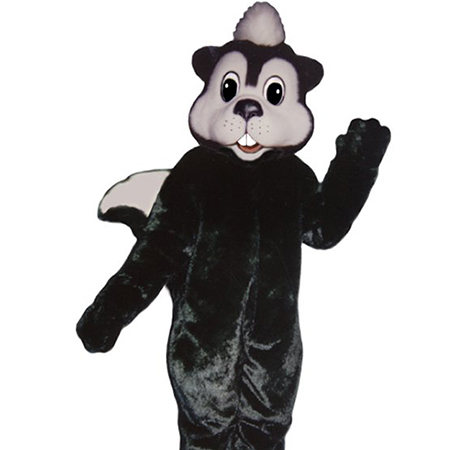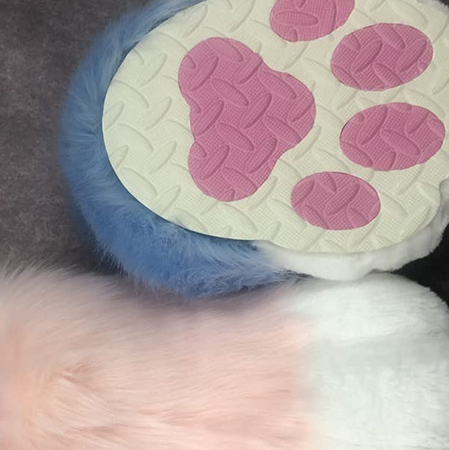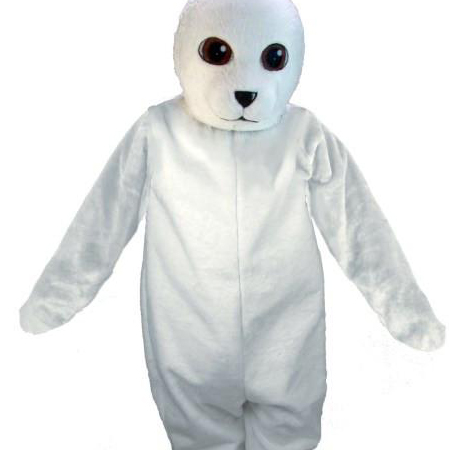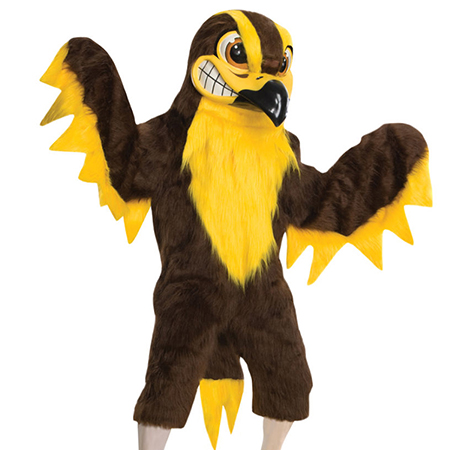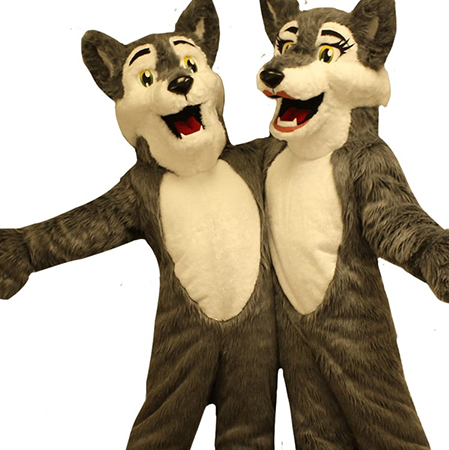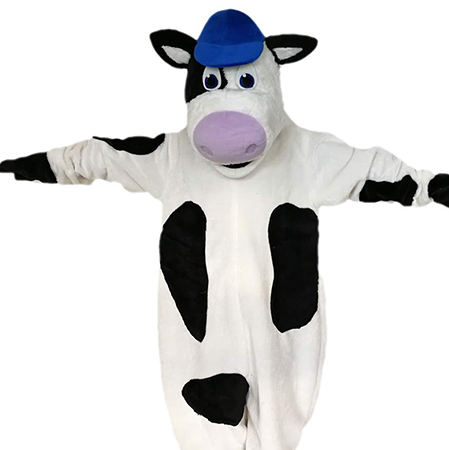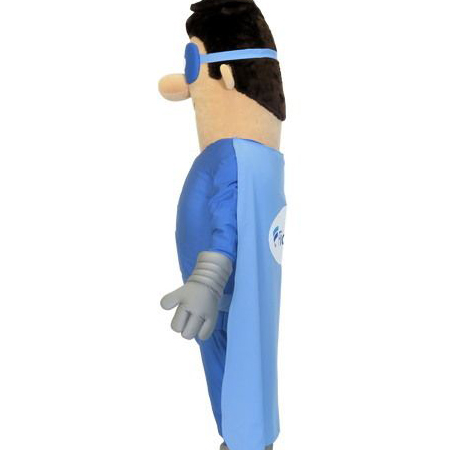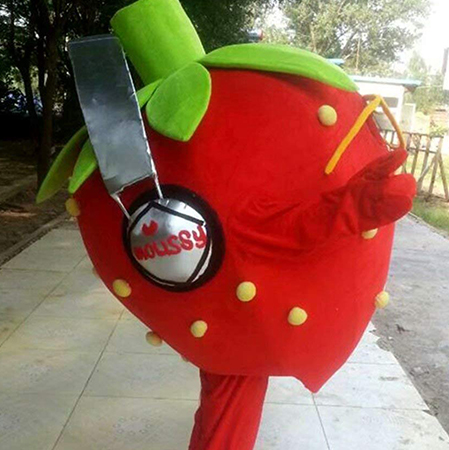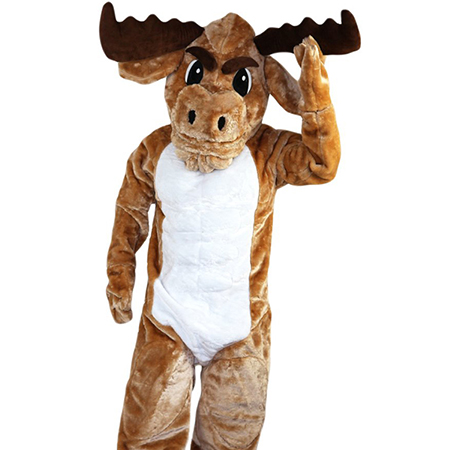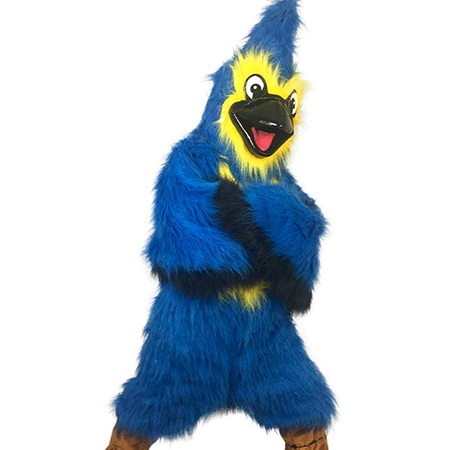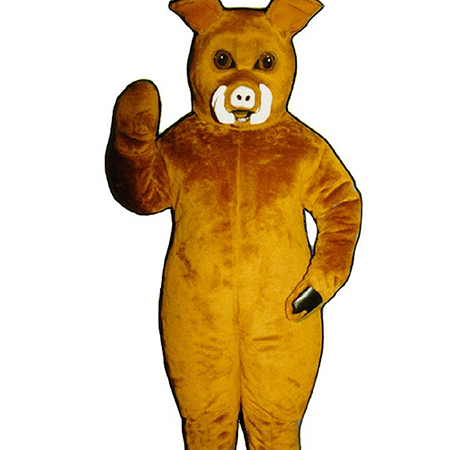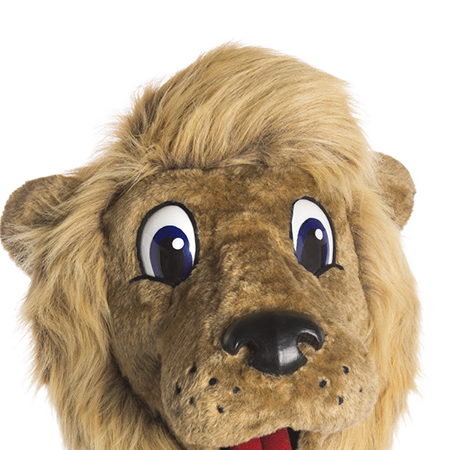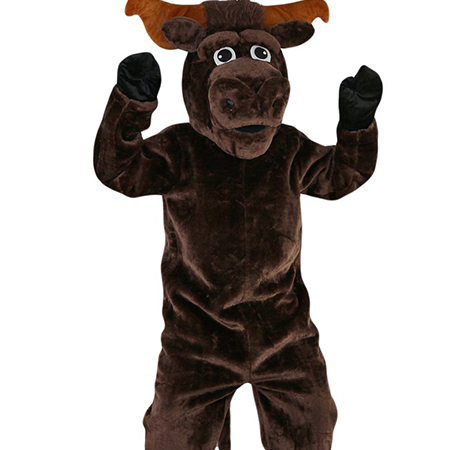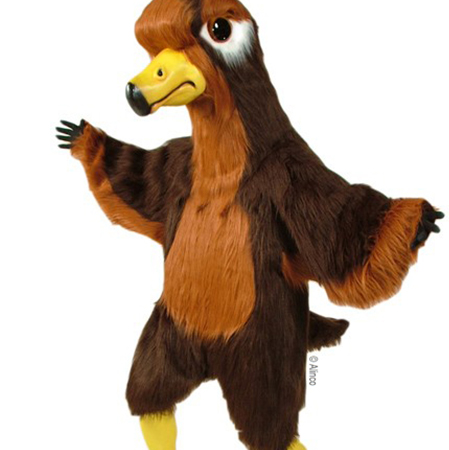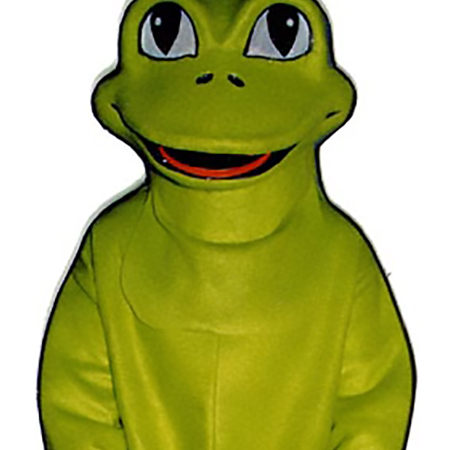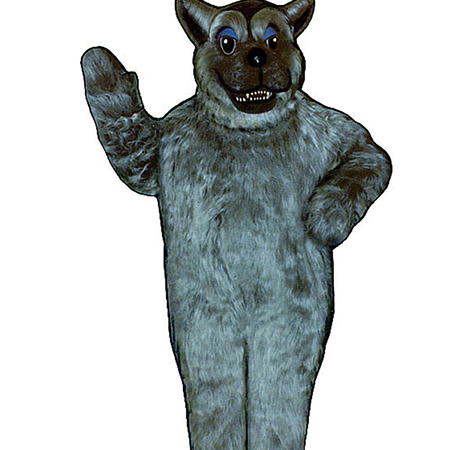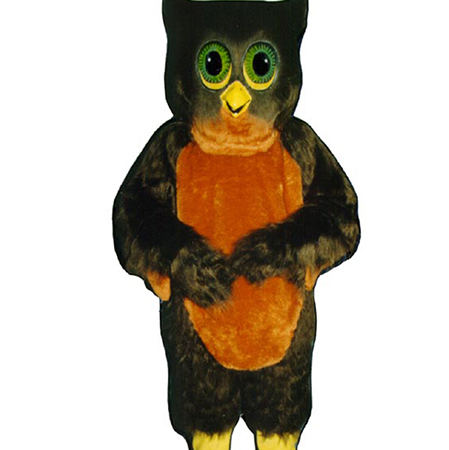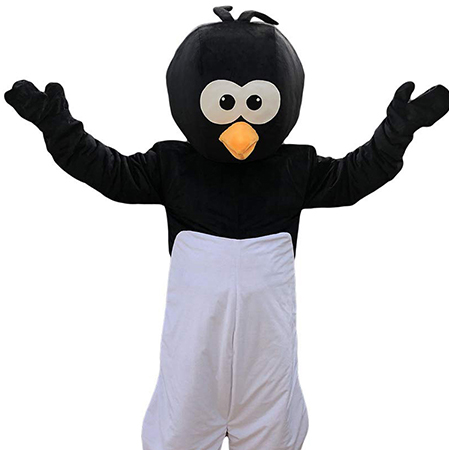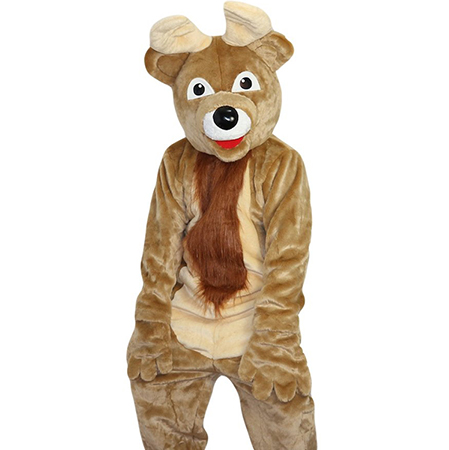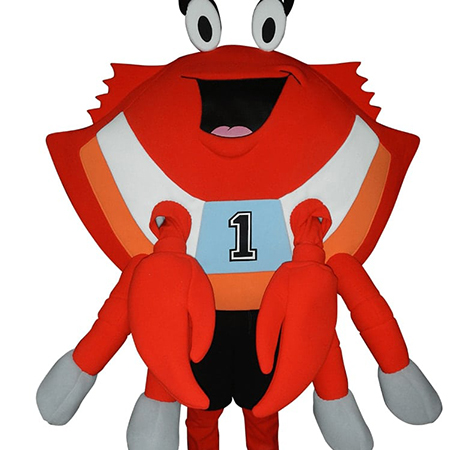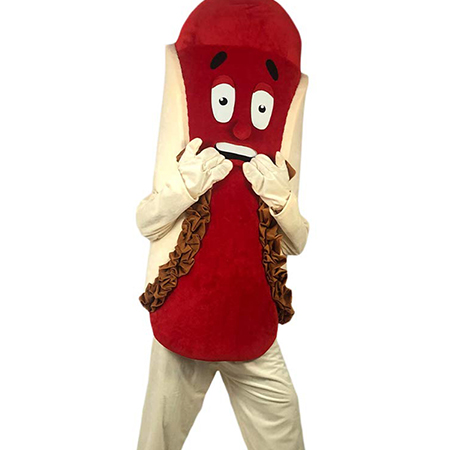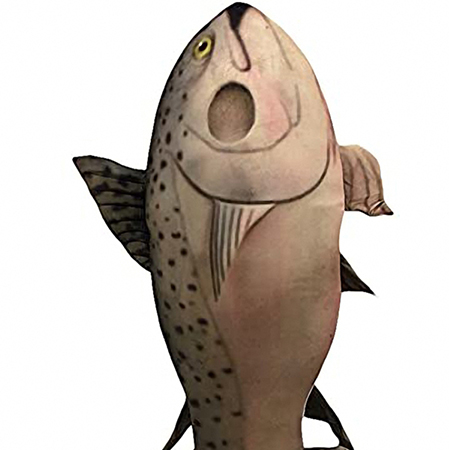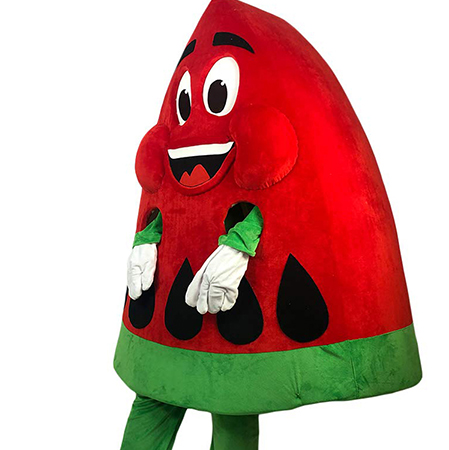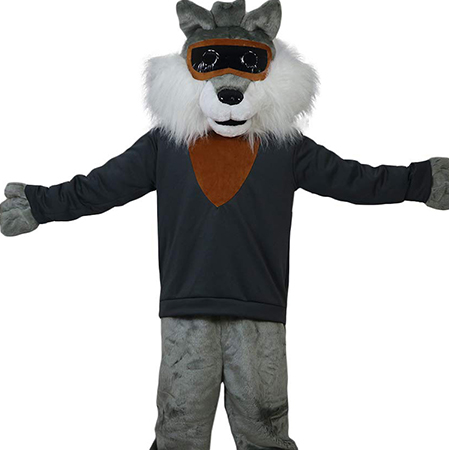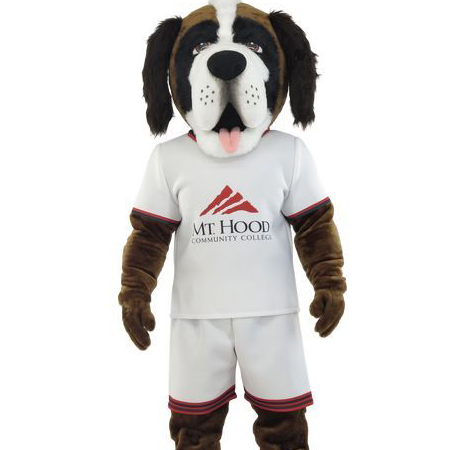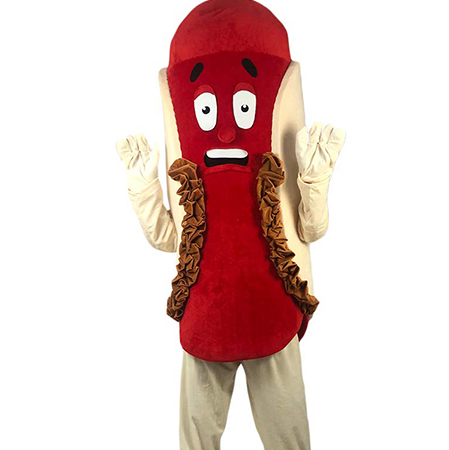When it comes to creating an engaging and memorable mascot for your school, sports team, or business, the cost of the costume is a significant factor to consider. The price of mascot costumes can vary widely depending on several elements that contribute to the overall expense. Understanding these factors will help you budget appropriately and avoid unexpected costs.
One primary consideration when purchasing a mascot costume is the quality and complexity of the design. Simple, one-time-use costumes made with basic materials might be less expensive but may also lack durability and professionalism. On the other hand, higher-end custom-made costumes designed by professional mascot makers often use superior fabrics, intricate details, and advanced construction techniques to ensure longevity and a polished appearance. These high-quality costumes typically come with a higher price tag but offer better performance and longevity.
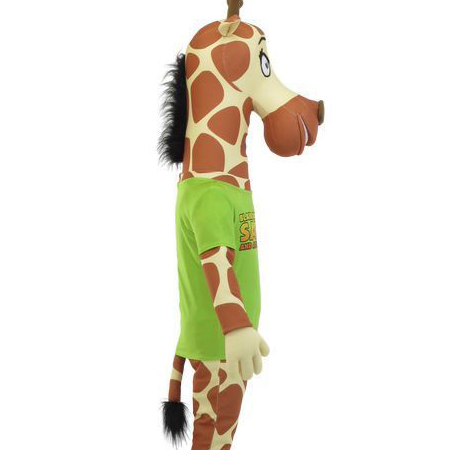
Additionally, the type of mascot you choose significantly influences the cost. For instance, character-based mascots, which are designed to replicate specific figures such as superheroes or well-known cartoon characters, often require more detailed designs and specialized permissions, which can increase expenses. Custom mascots, while offering a unique identity, can also be costly due to the design and development process involved.
Another essential aspect that impacts the budget is whether you opt to buy new or rent a mascot costume. Purchasing a brand-new costume ensures that you have full ownership and can customize it as needed, but this option generally involves a higher initial investment. Renting a mascot costume can be a more affordable alternative for short-term events or occasional use, though it might not provide the same level of personalization or longevity.
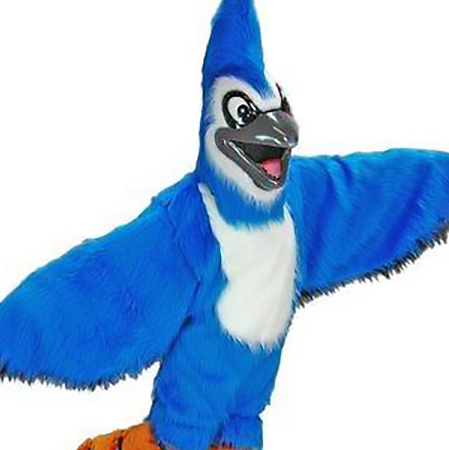
Including accessories and additional features in your mascot costume can also add to the cost. Items such as headgear, shoes, gloves, and special effects (like light-up eyes or sound systems) enhance the overall presentation but come at an additional expense. It’s crucial to determine which accessories are necessary and which ones are optional to keep within your budget.
Maintenance and repair costs are another important consideration. Over time, mascot costumes may require cleaning, minor repairs, or even major fixes to maintain their appearance and functionality. Investing in high-quality materials and craftsmanship can mitigate some of these ongoing expenses, but it’s wise to set aside a budget for future maintenance.
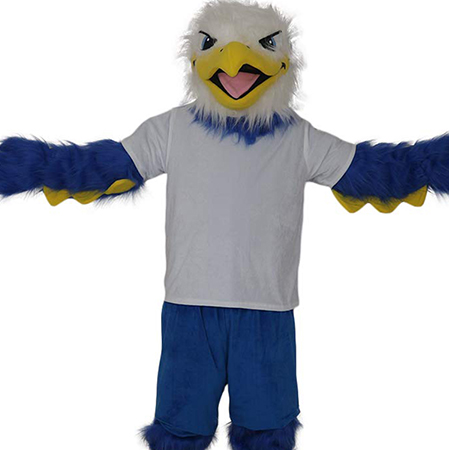
Lastly, consider any potential hidden costs associated with obtaining a mascot costume. These can include shipping fees if you purchase online, taxes, and possible licensing fees for character-based designs. Being aware of these potential extra charges helps in creating a comprehensive and realistic budget for your mascot costume.
In conclusion, breaking down the budget for mascot costumes involves considering various factors such as design complexity, type of mascot, buying versus renting, additional accessories, and maintenance costs. By carefully evaluating these aspects, you can make informed decisions that align with your financial resources while achieving a professional and captivating mascot presence.
